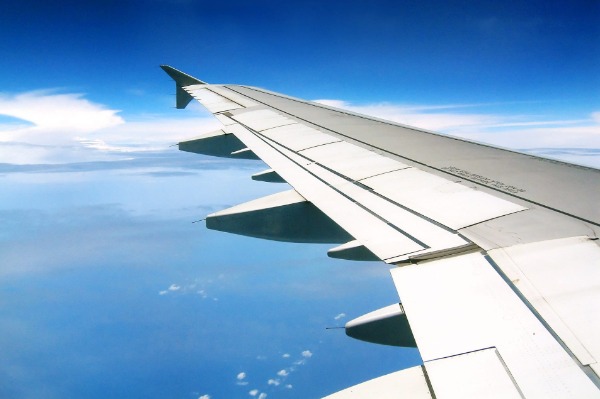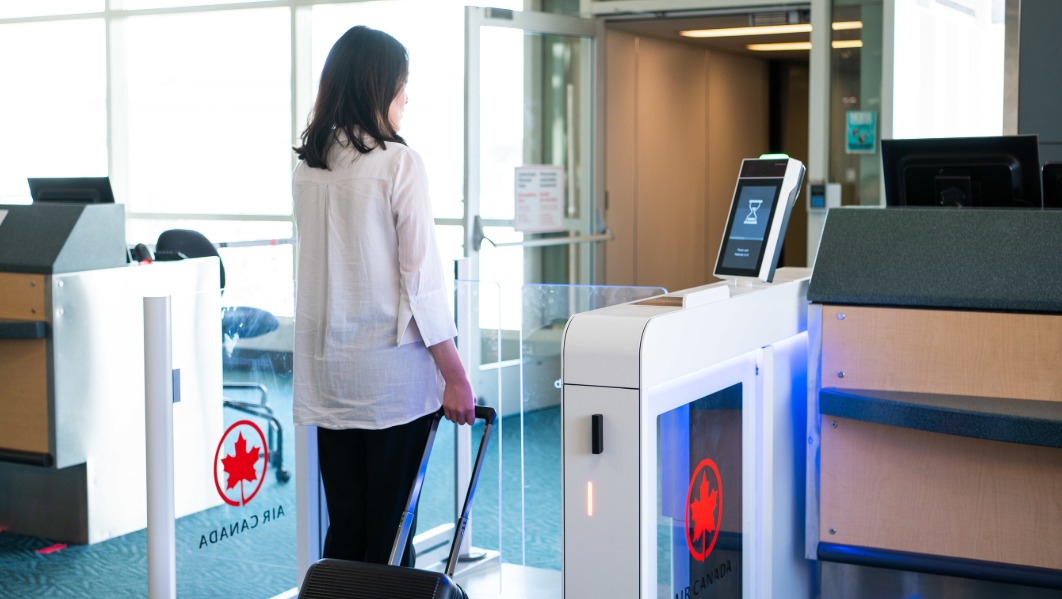Imbalance In The Value Chain

A new study by IATA and McKinsey & Company on profitability trends across the aviation value chain reveals that profitability varies widely by sector. It also shows that in aggregate, airlines underperform on the financial return that an investor would normally expect.
While there is no clear path to rapidly re-balance the value chain, the study concludes that there are some key areas — including decarbonization and data-sharing — where working together and burden-sharing will mutually benefit all value chain participants.
Highlights from the Understanding the Pandemic’s impact on the Aviation Value Chain study include:
- Capital Destruction: Despite delivering consistent operating profits pre-pandemic (2012-2019), airlines collectively did not produce economic returns above the industry’s Weighted Average Cost of Capital (WACC). On average the collective Return in Invested Capital (ROIC) generated by airlines was 2.4% below the WACC, collectively destroying an average of $17.9 billion of capital each year.
- Value Creation: Pre-pandemic, all sectors of the value chain except airlines delivered ROIC in excess of the WACC, with airports leading the pack in the absolute value of return by rewarding investors with an average of $4.6 billion annually above the WACC (3% of revenue). When viewed as a percentage of revenue, Global Distribution Systems (GDSs)/Travel Tech firms topped the list with average returns of 8.5% of revenues above the WACC ($700 million annually), followed by ground handlers (5.1% of revenue or $1.5 billion annually), and Air Navigation Service Providers (ANSPs) at 4.4% of revenues ($1.0 billion annually).
- Pandemic Changes: Although the pandemic (2020-2021) saw losses across the value chain, in absolute terms airlines’ losses led the pack, with ROIC falling below the WACC by an average of $104.1 billion annually (-20.6% of revenues). Airports saw ROIC fall $34.3 billion below the WACC and generating the largest economic losses as a percentage of revenue (-39.5% of revenues).
IATA’s Director General, Willie Walsh observed that: “This research reaffirms that airlines improved their profitability in the years following the Global Financial Crisis. But it also clearly shows that airlines, on average, were not able to benefit financially to the same degree as their suppliers and infrastructure partners. Rewards across the value chain are also disproportionate to risk. Airlines are the most sensitive to shocks but have limited profits with which to build a financial buffer.”
And Walsh added: “The pandemic saw all players fall into economic losses. As the industry recovers from the crisis, the study’s most important question is: can a more balanced distribution of economic returns and risk be realized in the post-pandemic world?”

Several changes in the profile of airline economic returns are noted in the study:
- While network carriers underperformed the low-cost sector (LCCs) pre-pandemic, average economic returns by network carriers exceeded those of the LCCs during the pandemic. The gap between the two, however has narrowed as the recovery progressed.
- Airlines solely operating cargo flights has a profitable financial performance with an ROI of nearly 10%. Thus, the profitability all-cargo carriers was the reverse of airlines carrying both passengers and cargo. By comparison, the performance of all cargo carriers is still well below the average ROIC for freight forwarders which began the crisis at nearly 15% of revenues and grew to 40% of revenues by 2021.
- Regionally, it was clear that in aggregate North America carriers entered the crisis with the healthiest balance sheets and strongest financial performance. The picture of recovery was less clear-cut in 2021, but having fallen the deepest in the crisis, the trajectory of the region’s recovery is also the steepest.
Walsh points out that: “There is no magic solution to rebalance the value chain. But it is clear that the interests of governments, travelers and other value chain participants are best served by financially healthy participants—and particularly airlines. A combination of better regulation and cooperation in areas of mutual interest could move the needle. And there are at least two areas ripe for collaboration and burden sharing—pursuing data-driven efficiency gains and decarbonization.”


